In the wintry midst, when the world is draped in dampness and shadow, the allure of venturing forth with camera in hand may wane, save for the allure of freshly fallen snow blanketing the land. But with the advent of spring, as daylight extends its tender grasp and warmth seeps back into the earth, a symphony of colour and life emerges, coaxing one out of hibernation to embrace the awakening landscape. It’s a time to dust off the lenses and embark on a photographic odyssey through the verdant spring vistas. Whether amidst the untamed splendour of natural landscapes or the curated beauty of man-made parks, there lies a wealth of visual poetry waiting to be captured. Even within the confines of one’s own garden or balcony, the stage is set for a captivating tableau of new beginnings and flourishing life, awaiting only the discerning eye of the photographer to immortalize its beauty.
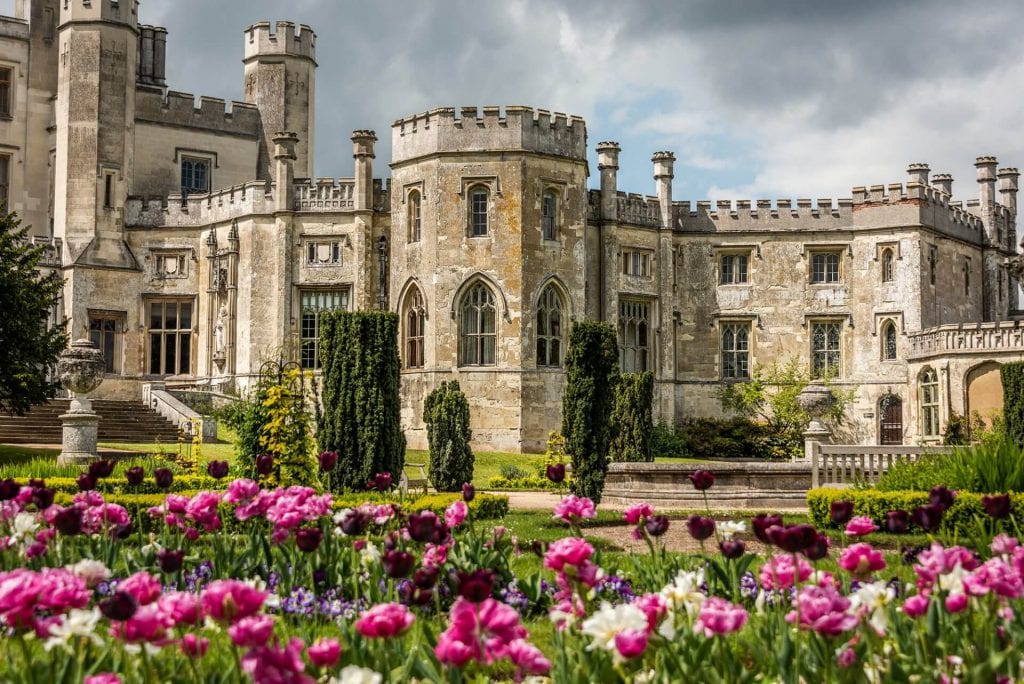
Spring brings new life and new growth. The landscape will be vibrant; wildflowers will once again cover forests and rocks. Gardens and parks will be filled with the colour of spring bulbs or other flowers.
Spring forests
You might think that autumn is the prime season for landscape photography in the woods. But in spring, the foliage turns lively green, while bluebells, wild garlic and wood anemones form beautiful, attractive carpets of colour. Have also a look at my blog About woodland landscape photography. In that blog, I describe the difficulties of composition in forests for the landscape photographer. Not every plant blooms at the same time, and they are very different in number. Species such as the bluebells (hyacinth) and the wood anemone bloom as entire carpets of flowers, whereas a species such as the periwinkle only blooms here and there. The occurrence of certain species is also related to the type of soil. Sand, loam and clay occur in all sorts of proportions and ensure that one species thrives and another does not. A good plant guide, digital or otherwise, is a great help when looking up and naming your discoveries.
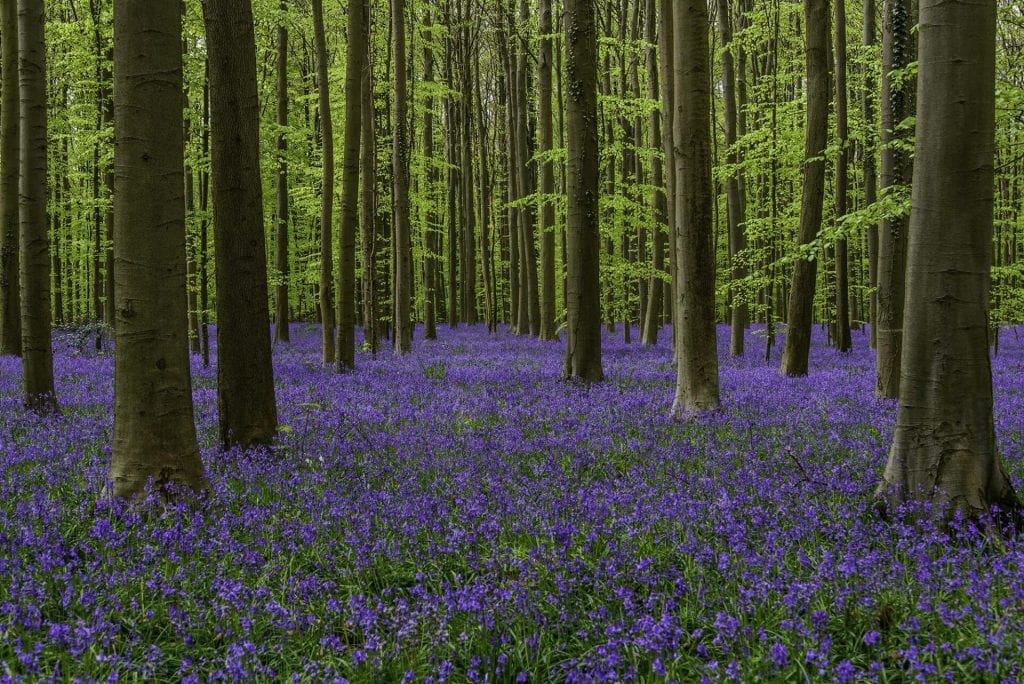
Fog can add atmosphere, simplify scenes, and emphasise tree trunks’ shape, structure, and repetition. Extra drama is also created by low, golden sunlight, especially if you shoot in the direction of the light to highlight leaves, ferns and flowers. Drama can be added by inky shadows cast by trees on the forest floor.
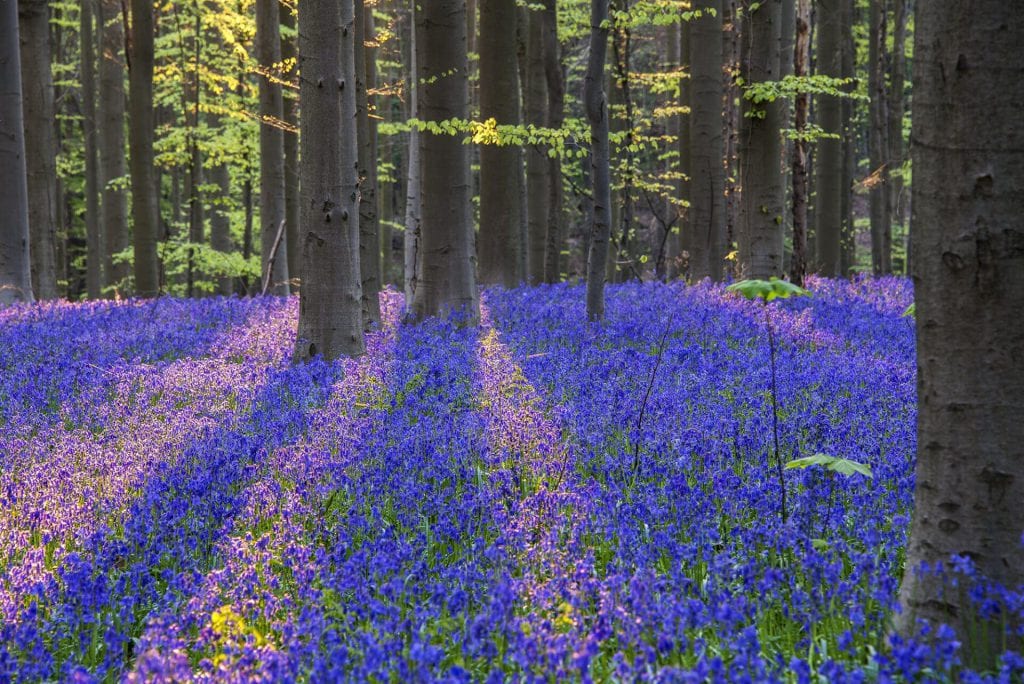
From my experience, I know it’s not always easy to reach a location very early. Therefore, if you can’t, consider visiting the forest when it’s cloudy. During the day, direct sunlight often creates high-contrast, mottled light, which can be challenging for your camera to capture effectively. On the other hand, cloud cover will act as a giant softbox, creating even and controllable lighting. If you find that there’s too much reflection on the leaves of trees or bushes, use a polarizing filter to reduce it.
When we think of spring flowers in the forest, we first think of bluebells. Bluebells, in combination with mature beech woods, make everyone dream.

Get closer
Composing a pleasing landscape photo in a forest can be quite difficult because of all the hustle and bustle of branches and bushes, among other things. That is why it pays to get out your macro lens and focus on those beautiful individual flowers.
Don’t just look at your camera settings; especially think about the position or angle from which you want to put the flower in your image. I believe it is better to lower your camera to the same height as the flower instead of photographing it from above. For some flowers, this means that you almost have to lower your camera to the ground.
Move your camera around the flower (without damaging the other flowers) to determine the best angle and how you can possibly get bokeh in the background. A small change in position can make a huge difference in your image.
As a landscape photographer, you don’t have much choice when using natural light because it comes from a certain direction. So, there are often not that many positions you can take to create a nice composition and make good use of the light. Of course, you could come back at another moment when ‘other light’ will be available.
If you do not have a macro lens, do not worry. The same effects are also possible with a telephoto lens, but then you have to take a little more distance from the subject if the environment allows this, and that is not always the case.
When there is wind, and the flowers move, it becomes a challenge to obtain sharp images. You could wait until the wind eases or use a smaller aperture (F-stop higher than 5.6) and a shorter shutter speed (If that is below 1/500 for example that will be OK). If you go into flower fields or forests, I request you not to walk between or on the flowers. Nor put your tripod on them. These are vulnerable species that need to be protected. Tread carefully. Don’t walk into the flower fields (or other crops) unless there is an existing path across.
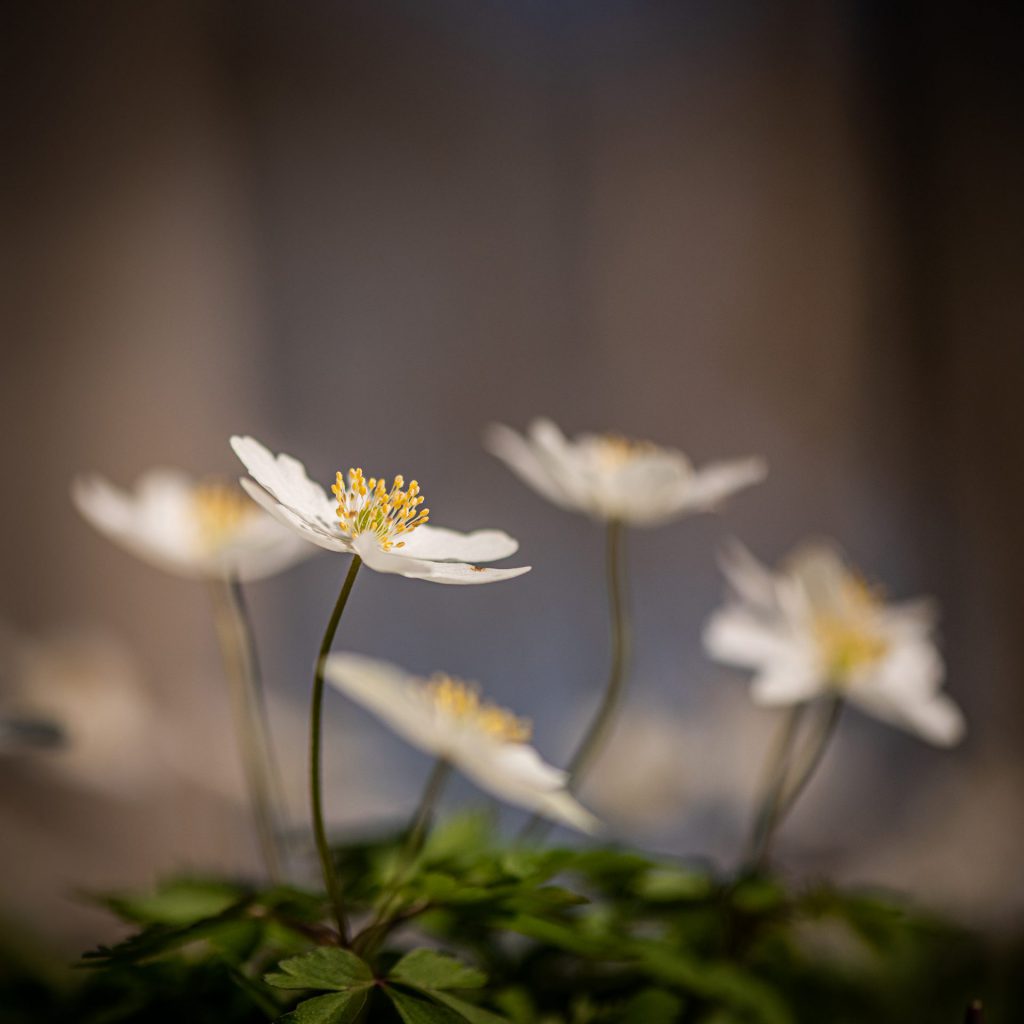
When photographing flowers close to the ground, you often lie or sit on the ground yourself; it can be helpful if you have a rubbish bag or some other tarpaulin. As I like to bring softness and dreaminess into my photos, I usually use an f-stop value of f/2.8 to f/4.0 when shooting (depending on the lens I have with me). With a small aperture (a high f-number), too many details remain visible, which makes for a busier image. So, you can play with sharper or blurrier parts in your image. Also, give space to your subject.
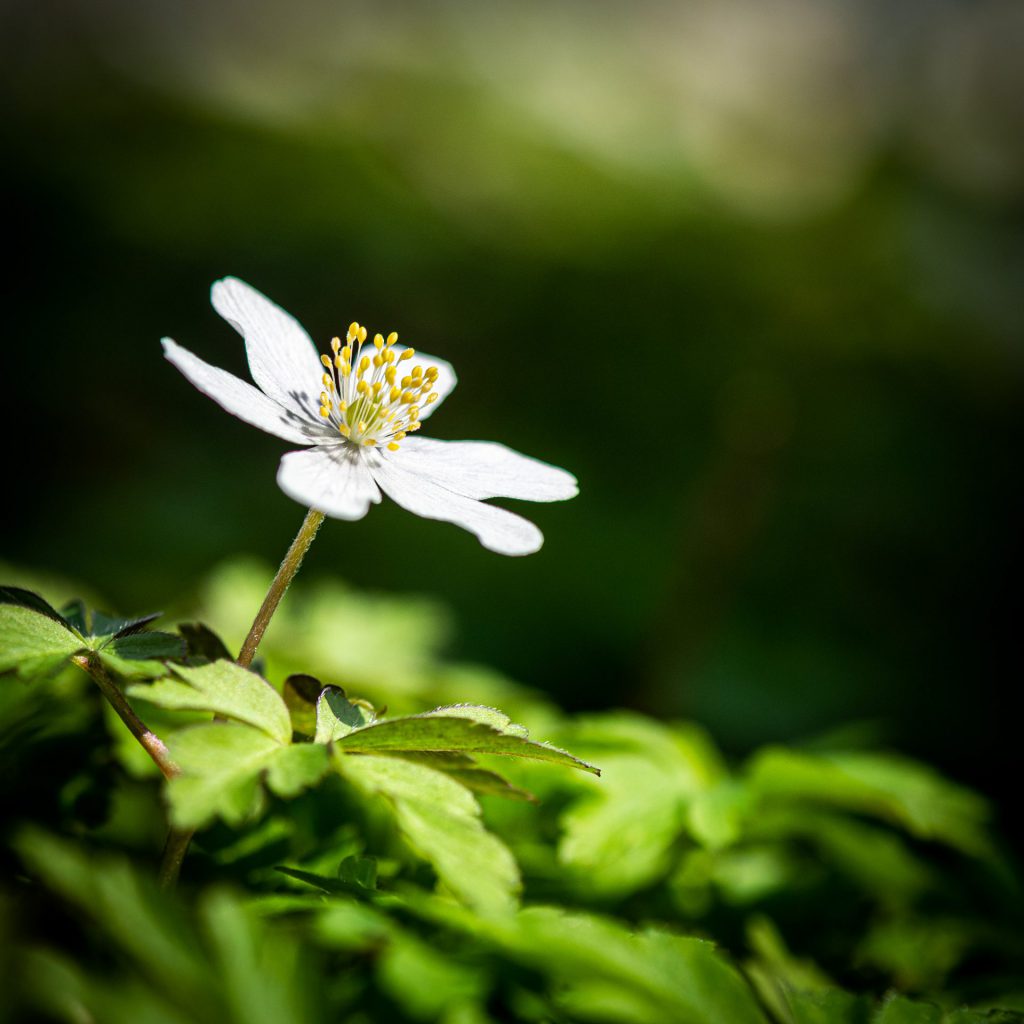
Bokeh and light bubbles are easier to obtain with a large aperture (f4.0 – f2.8). It helps if there is light coming through the bushes. A larger aperture ensures that the details of that bush come into view and the vague shapes. The light shining through takes the form of bubbles. You can get this effect even easier if you point the camera from a lower position upwards in the direction of the light.
When playing with depth of field, I let the camera do some of the work for me by shooting in Aperture Priority Mode. You choose the aperture, and the camera sets the shutter speed.
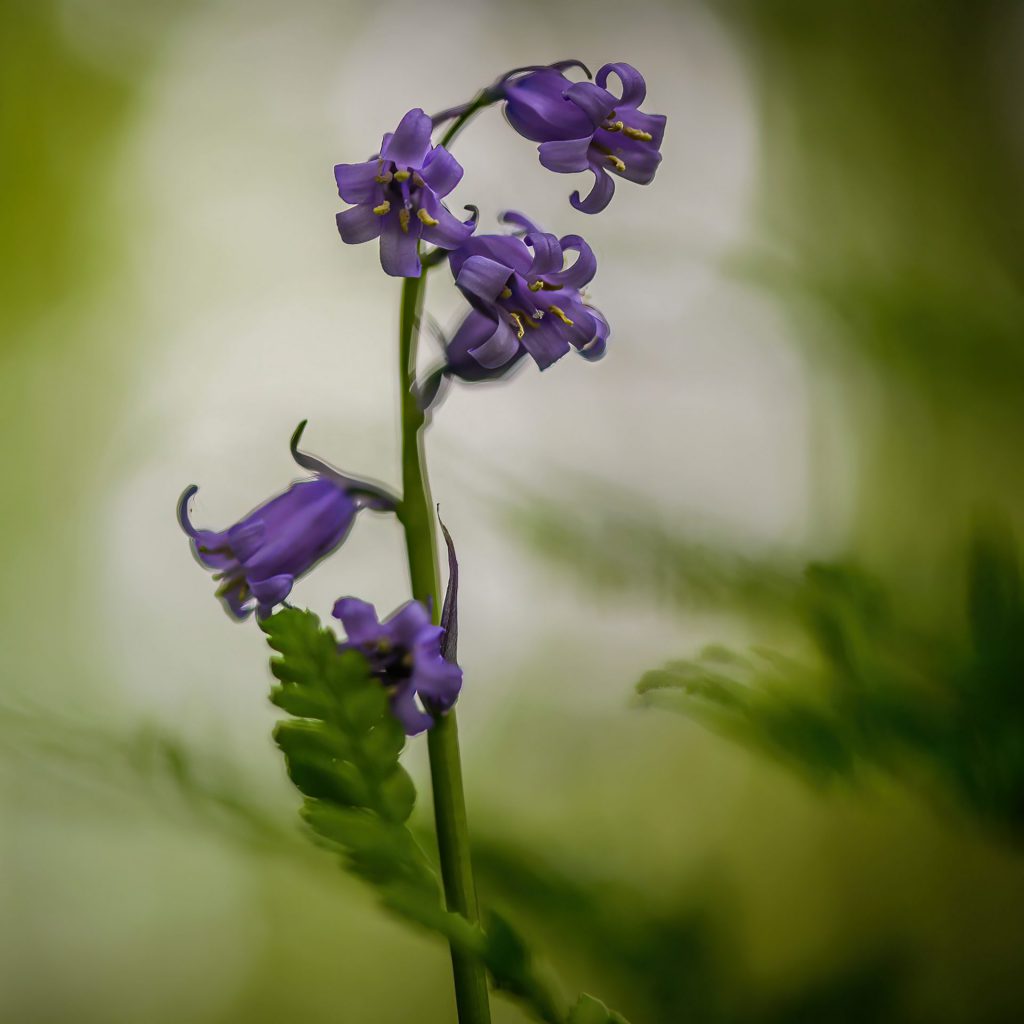
Creative landscapes
By cleverly using the different composition rules, you, as a photographer, can control how someone looks at your image. You can evoke calming feelings or surprise the viewer with your image composition.
The spring forest is full of colour, texture and contrast. It is an opportunity to experiment with creative techniques such as Intentional Camera Motion and dragging the camera during the exposure to blur and soften details). Have a look at my blog Creative landscapes
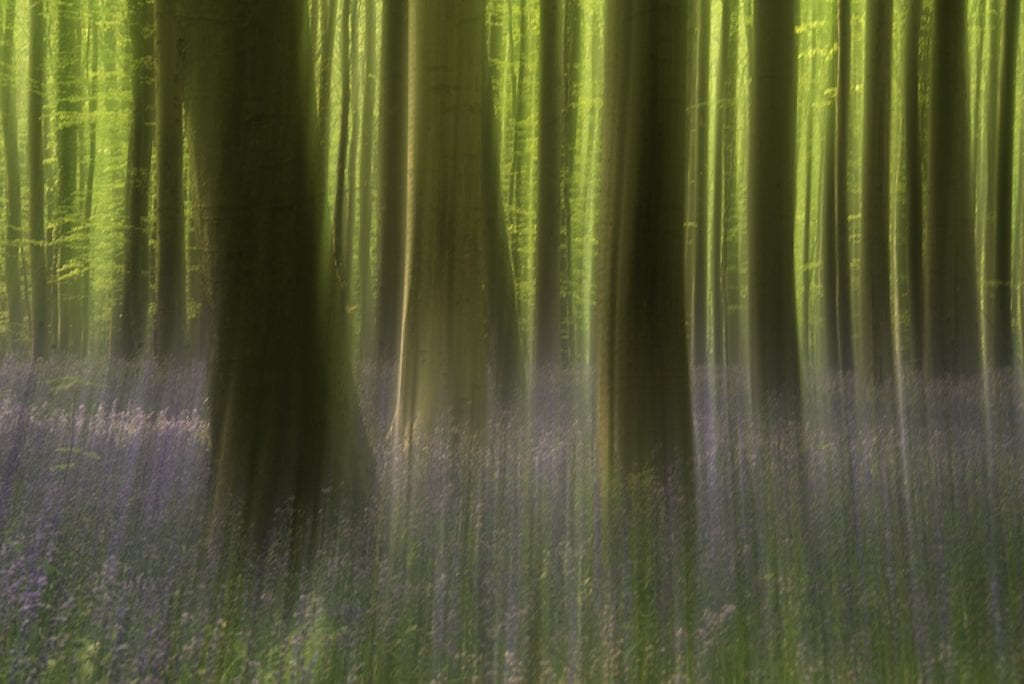
Spring weather
In spring, fields turn green, hedges thicken, and trees get fresh flowers and leaves. Spring also has changeable weather and light in store. In March, April and May, weather conditions can be extremely atmospheric. April showers can produce incredible moments of transient light, and rainbows are common, while fluctuating temperatures can create foggy and misty conditions. The best conditions for landscape photography often occur when there is a change from one season to the next but also when the weather changes from good to bad or vice versa. I have another blog on the weather: What about the weather
Occasionally, you will notice that certain flowers close when it gets colder or dark. Flowers tend to open with enough light and close again in the evening. However, not all spring flowers follow this pattern. You may be disappointed if you wish to photograph wood anemones in the early morning. These flowers only open with sufficient sunlight and close again at dusk. In contrast, species like wild garlic and bluebells remain open throughout their flowering period. You can use this knowledge creatively, or you may have to return at another time to see the flowers open again in full splendour.
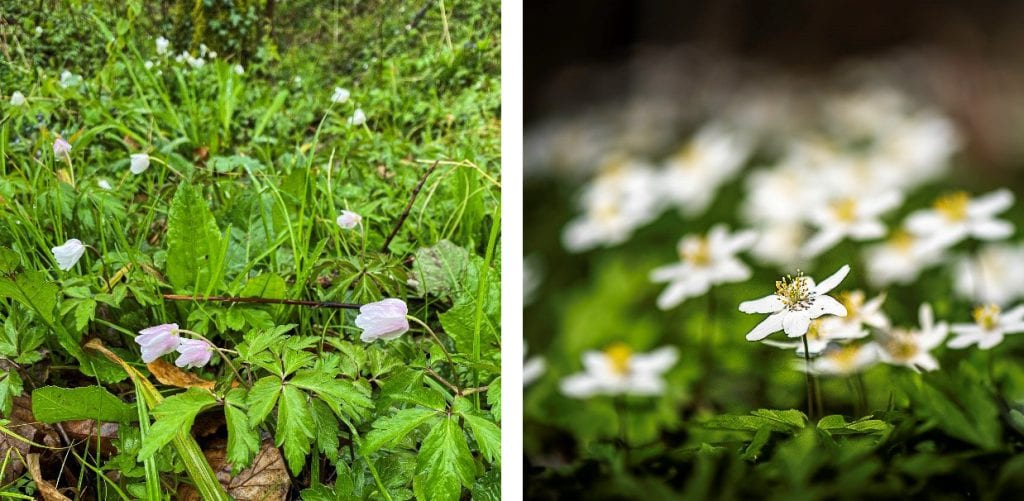
In spring, one day, it is sunny, and the next day, it seems winter again. The weather changes even during one day, and even if it is sunny for one minute, it rains the next minute. Fog and mist are not uncommon, and you may still get the occasional frost or dusting of snow.
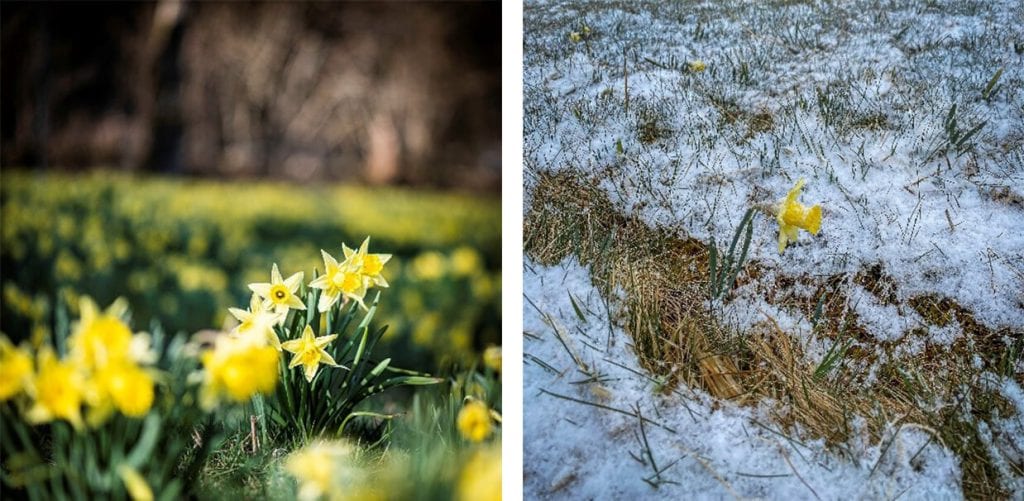
If the weather forecast announces sunshine and showers, pack your camera, waterproof clothing, and a rain cover. When rainfall is near, the light often becomes dramatic. Light beams sometimes fall through the storm clouds onto the landscape like floodlights.
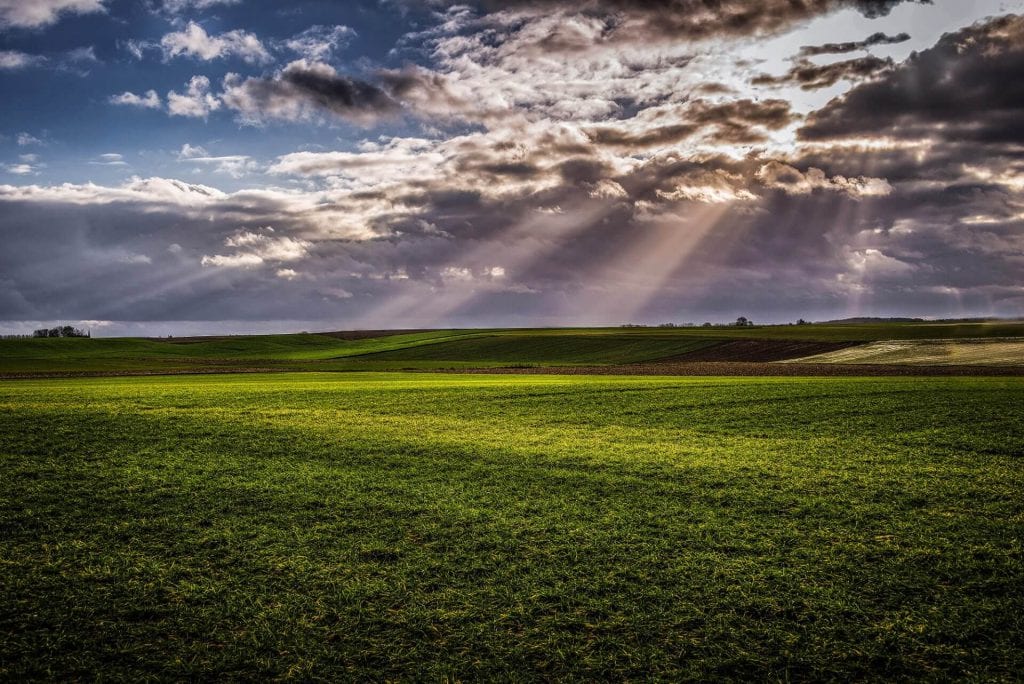
Rain clears the atmosphere and brightens your landscape. It usually pays off to wait until the sun bursts through the clouds. Water drops on the leaves add extra texture and depth. If there is too much reflection on the leaves to your taste, you could try to remove this with the use of a polarising filter.
Don’t forget agricultural landscapes.
So far, my discussions have focused on spring landscapes in gardens and forests. However, in springtime, our dedicated farmers also become landscapers as they plough their fields, with the young crops contributing a fresh touch. I will include some examples of agricultural spring landscapes for your inspiration. Perhaps I could coin a new term like ‘agriscapes’ or ‘farmscapes.’ Pay attention to the light and the lines in the fields.”
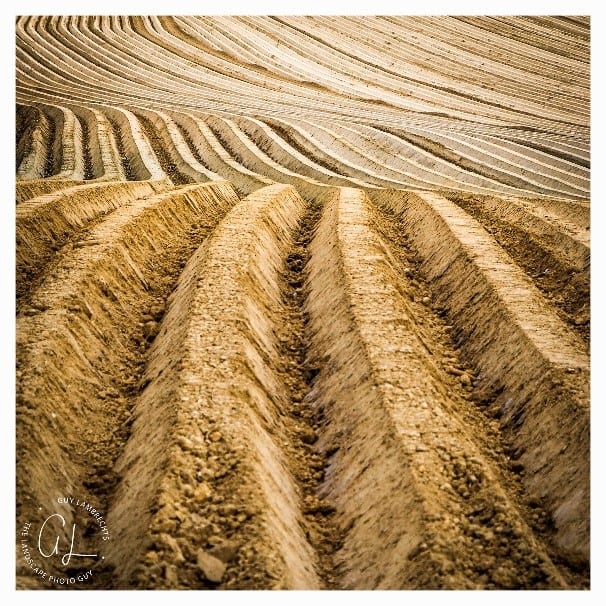
When you are thinking about blossoms, when you live close to a fruit-producing area, don’t forget to take a walk with your camera through the orchards. Cherries, plums, apples, and pears give fantastic blossoms.
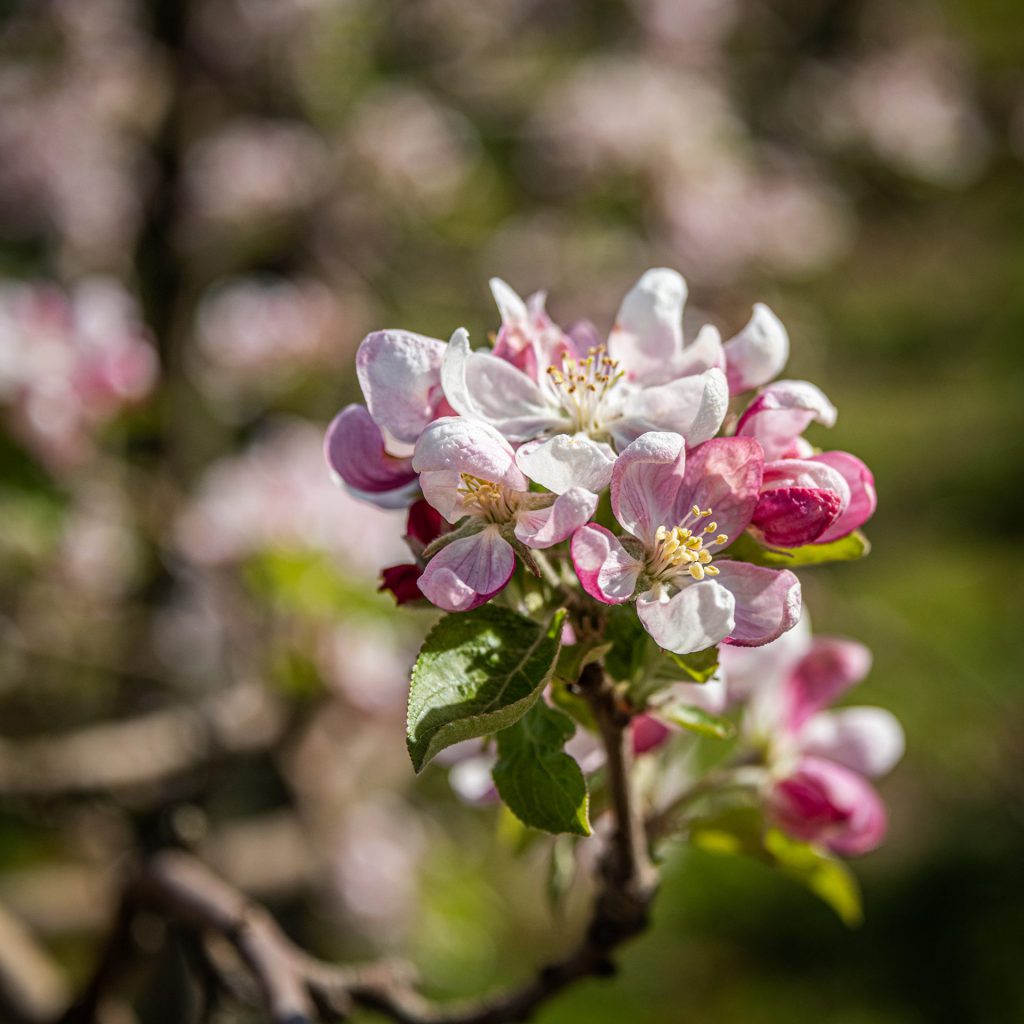
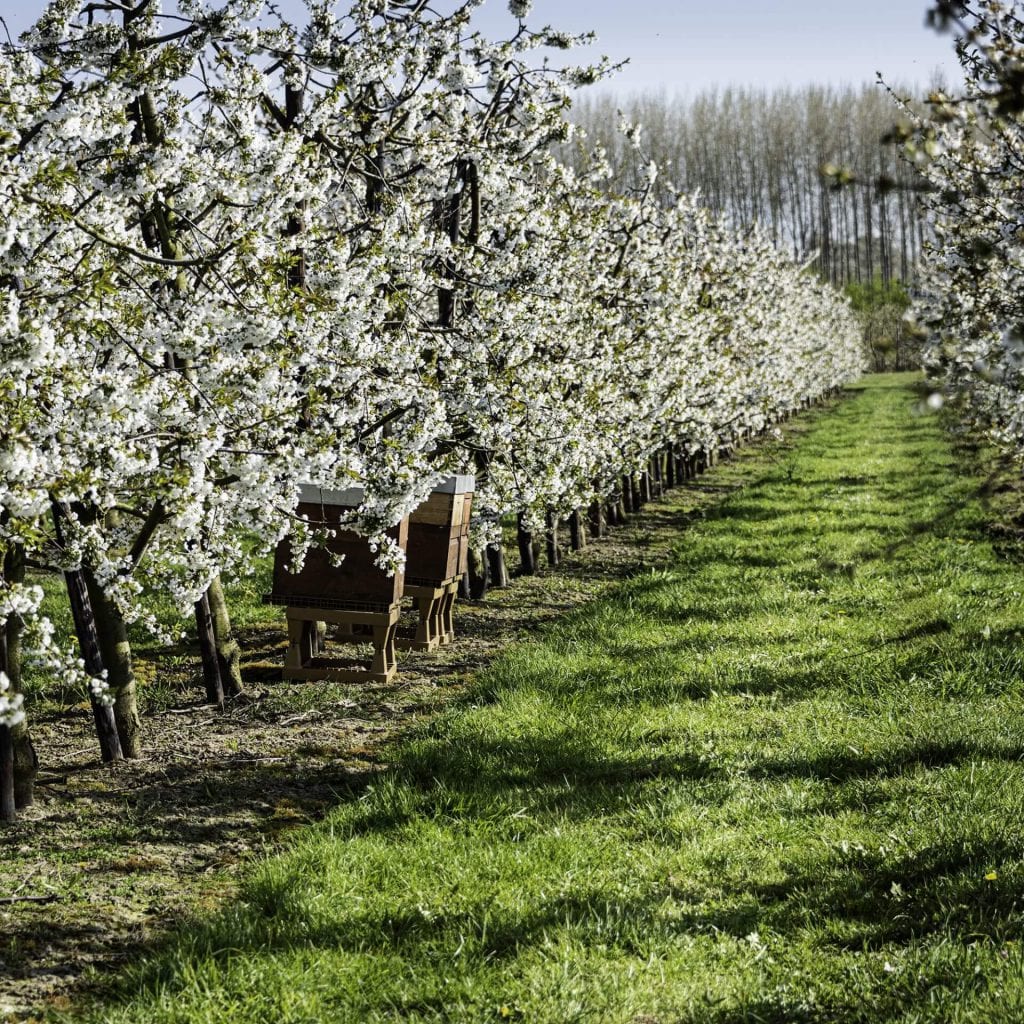
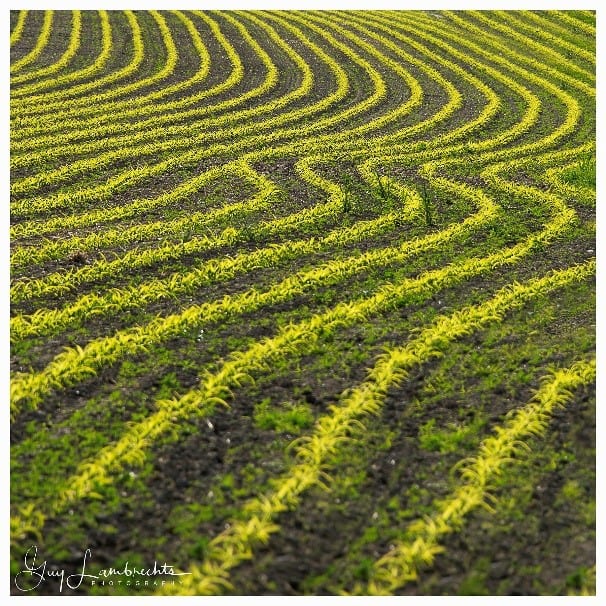
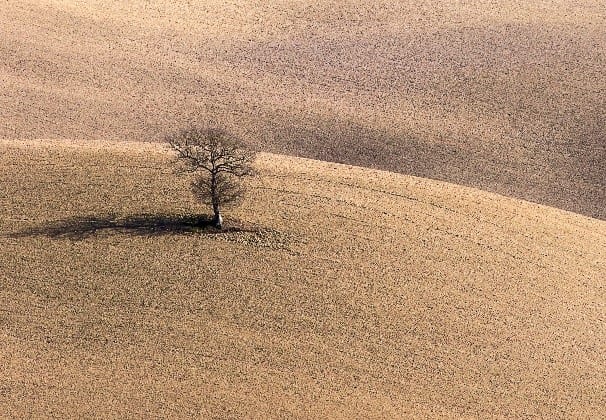
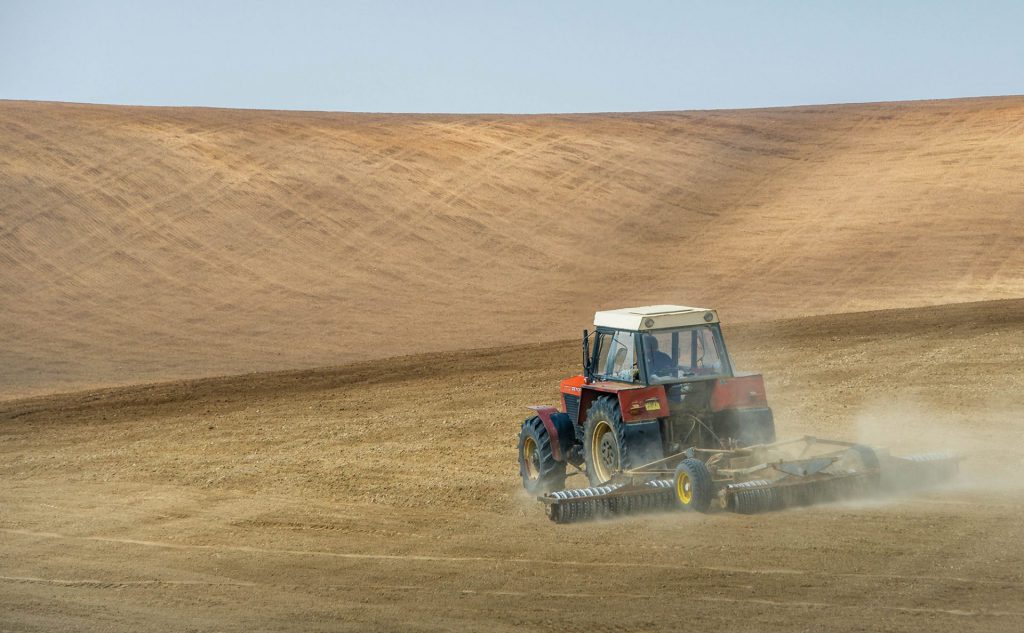
Enjoy being outside in the spring landscapes
As a landscape or nature photographer, you can sometimes be so busy adjusting your camera settings and searching for the right position that you can easily lose sight of why you are outside in the first place. You’re striving to take the most beautiful picture possible, yet you can easily lose sight of why you are outside in the first place.
Coming home without pictures isn’t necessarily bad. Just sit down occasionally, take a deep breath, look around and enjoy.
There’s much to be gained from going out and trying anyway, learning to deal with a variety of conditions, and being creative when things are challenging.
So, with all these experiences and learning opportunities, don’t forget to have fun with your camera this spring!
Comment?
Please share your experiences or problems with us and leave a comment. You can also ask me your questions.
Leave a reply